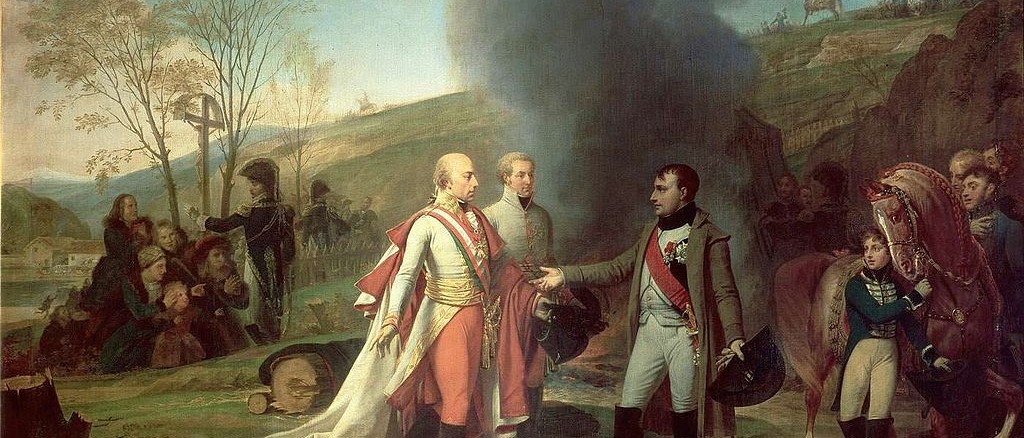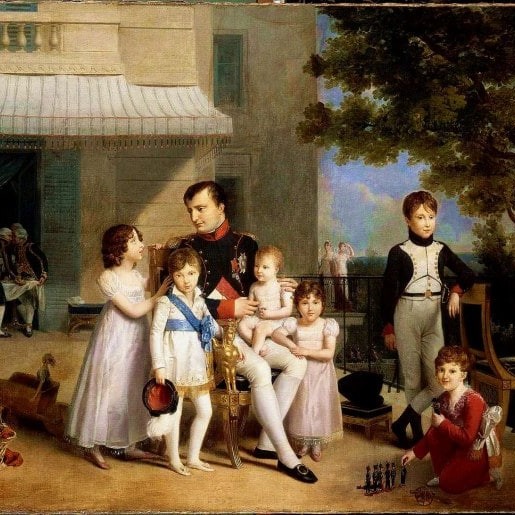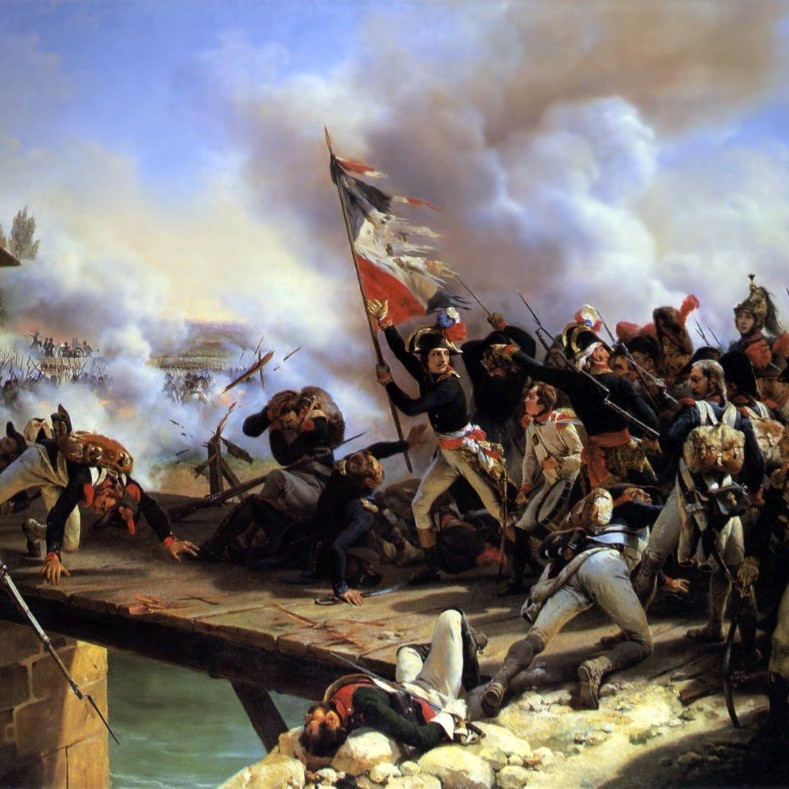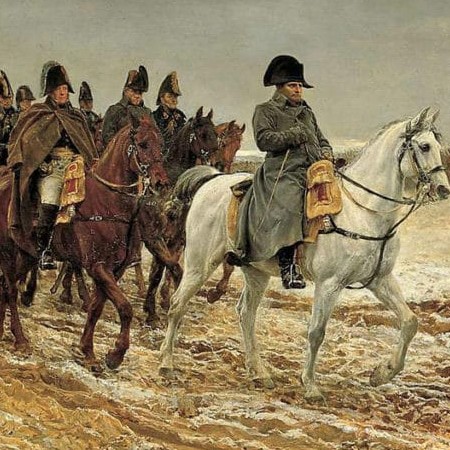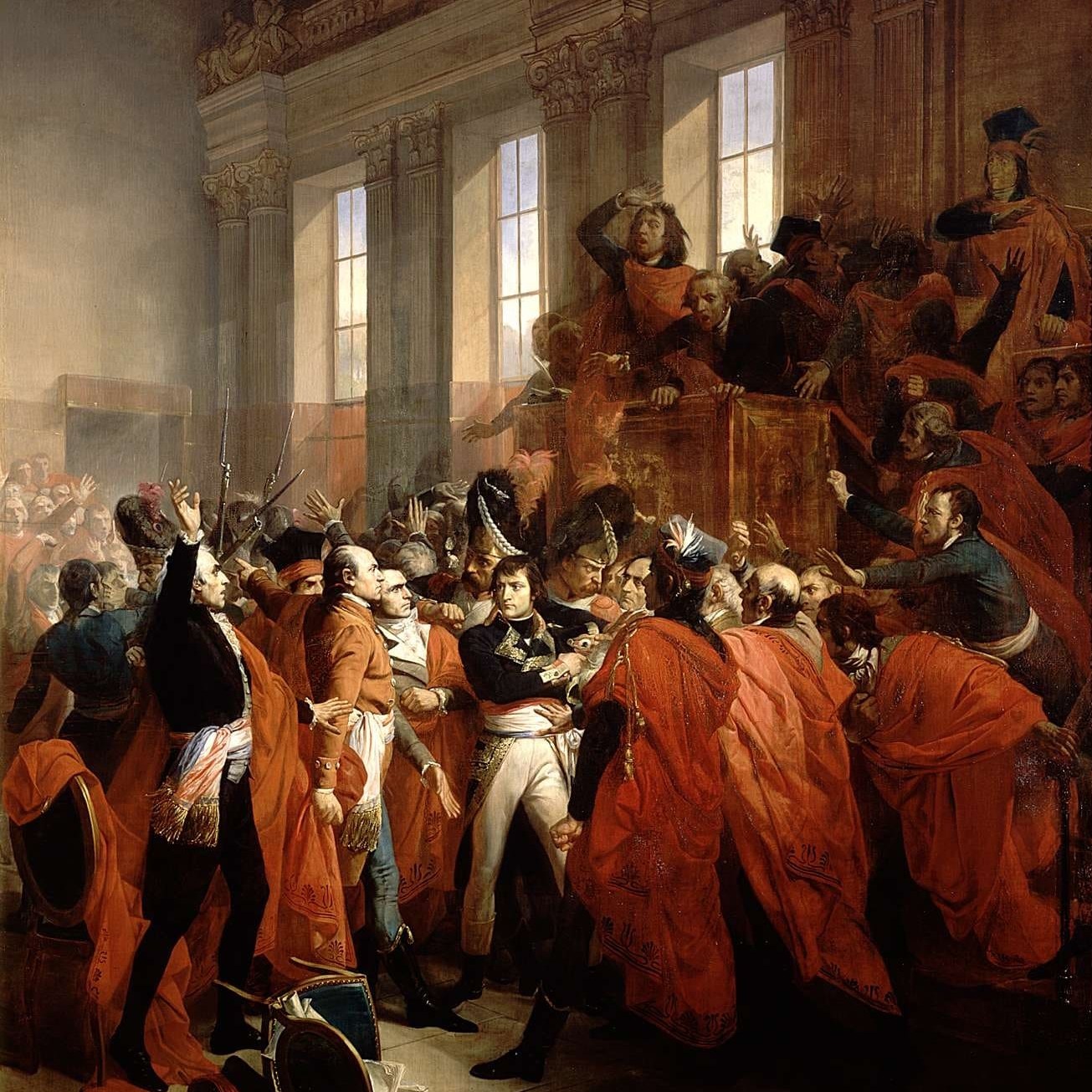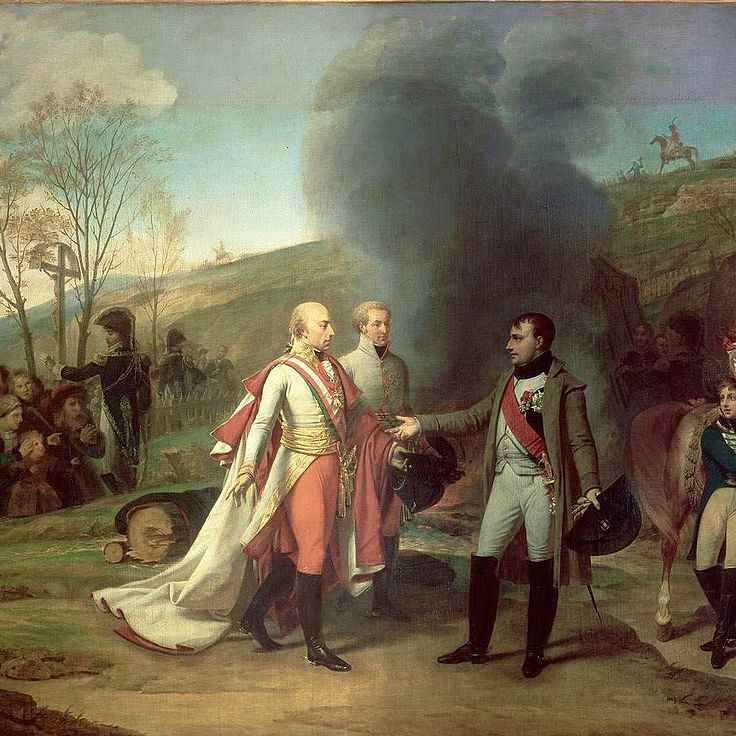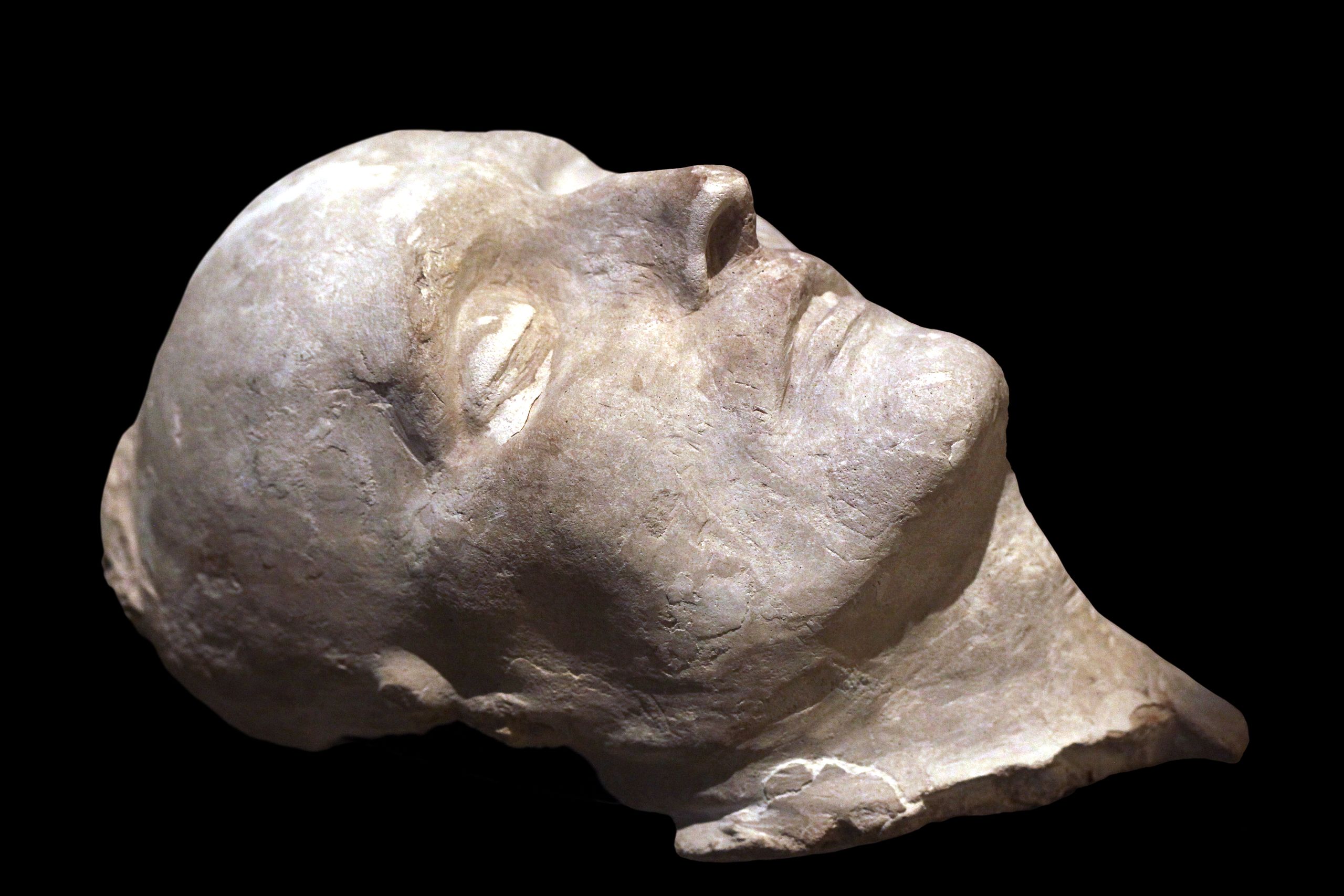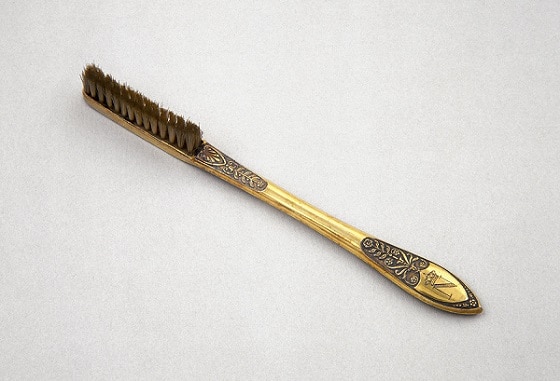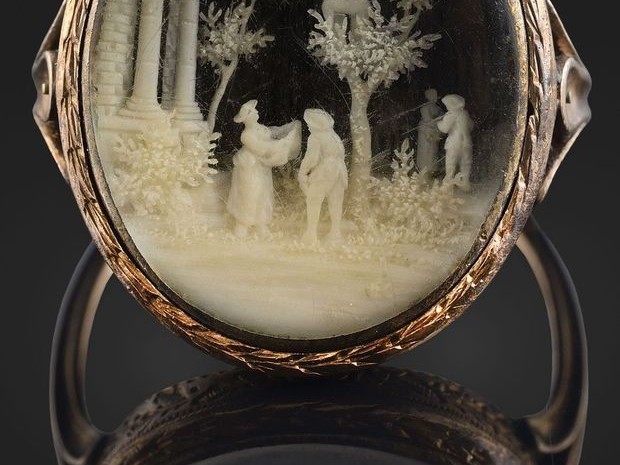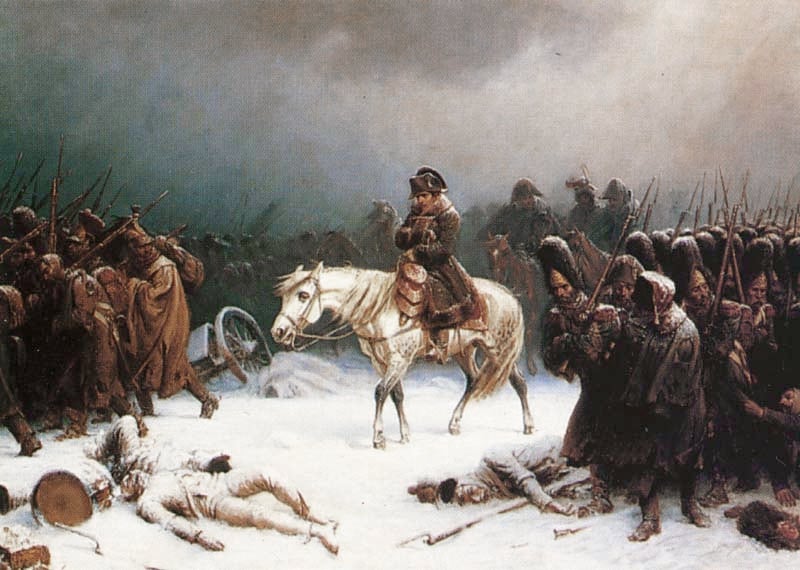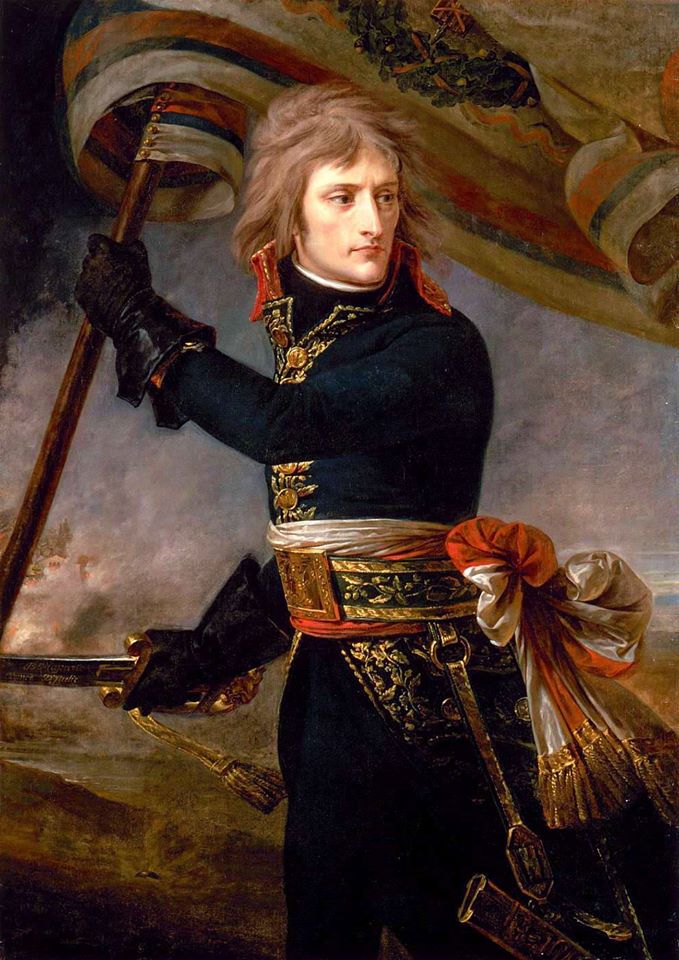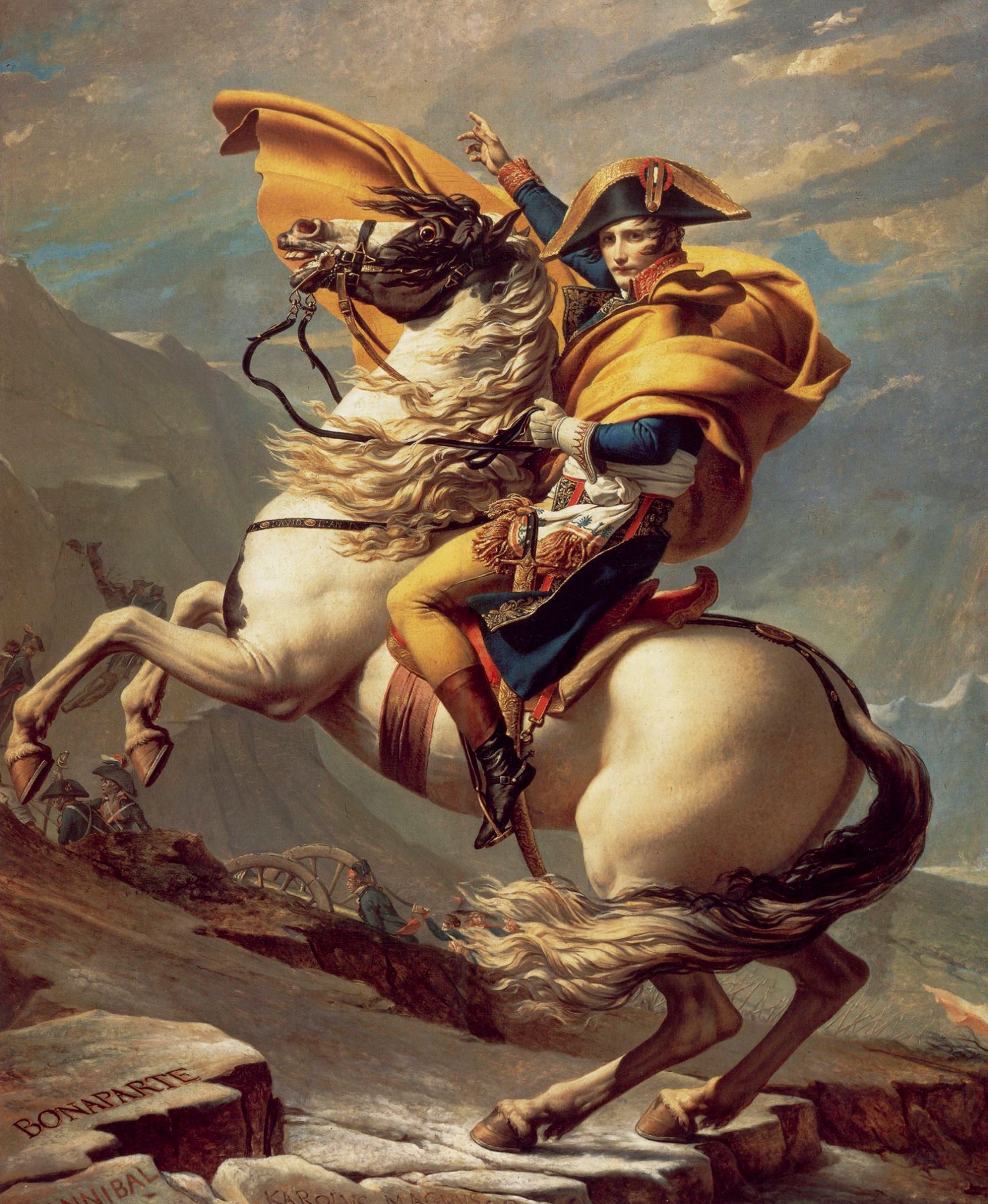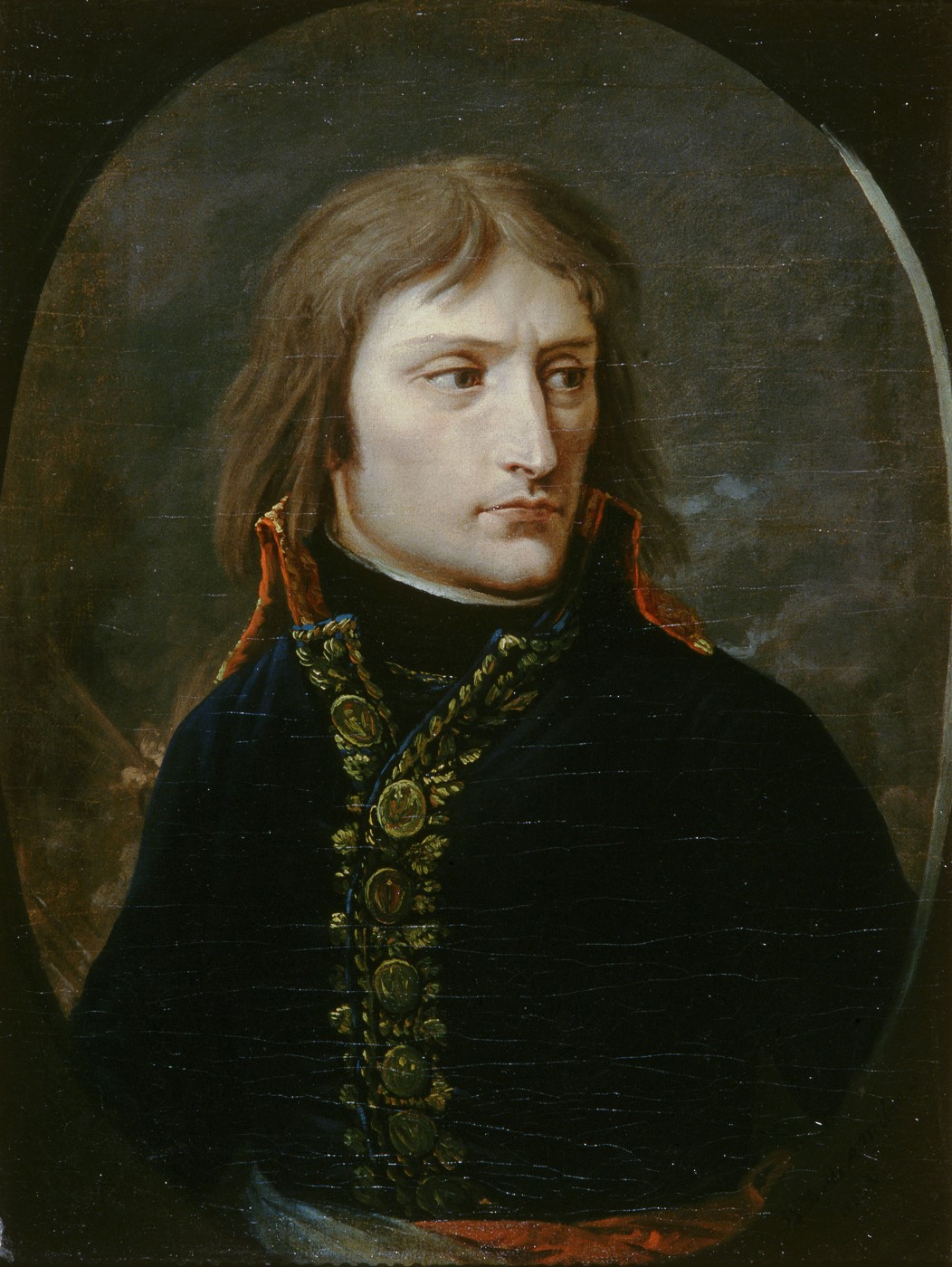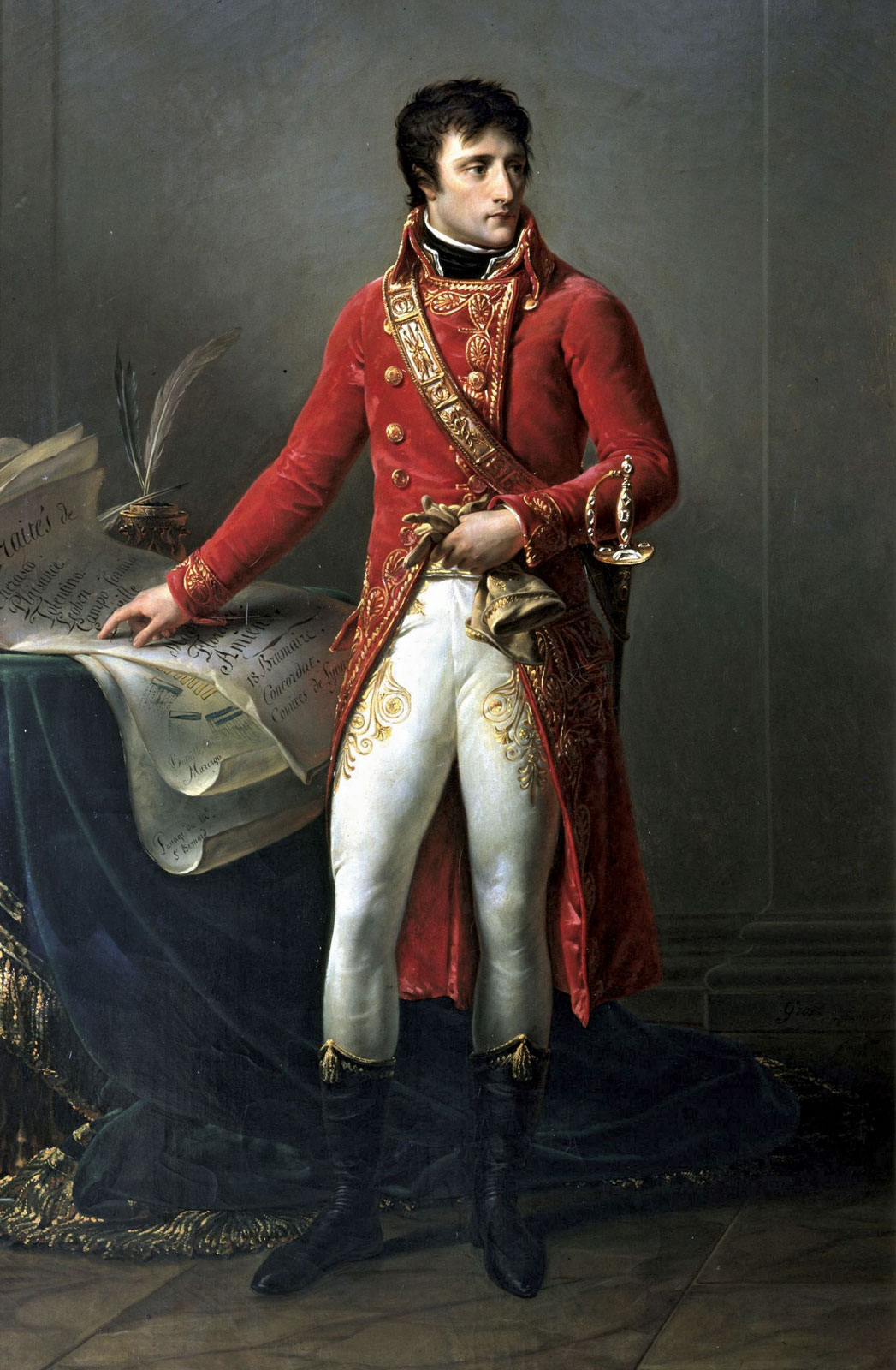Emperor Napoleon I
From the epic to exile, from the art of living under the Empire to the characters who marked this era, immerse yourself in the reign of the most famous emperor.
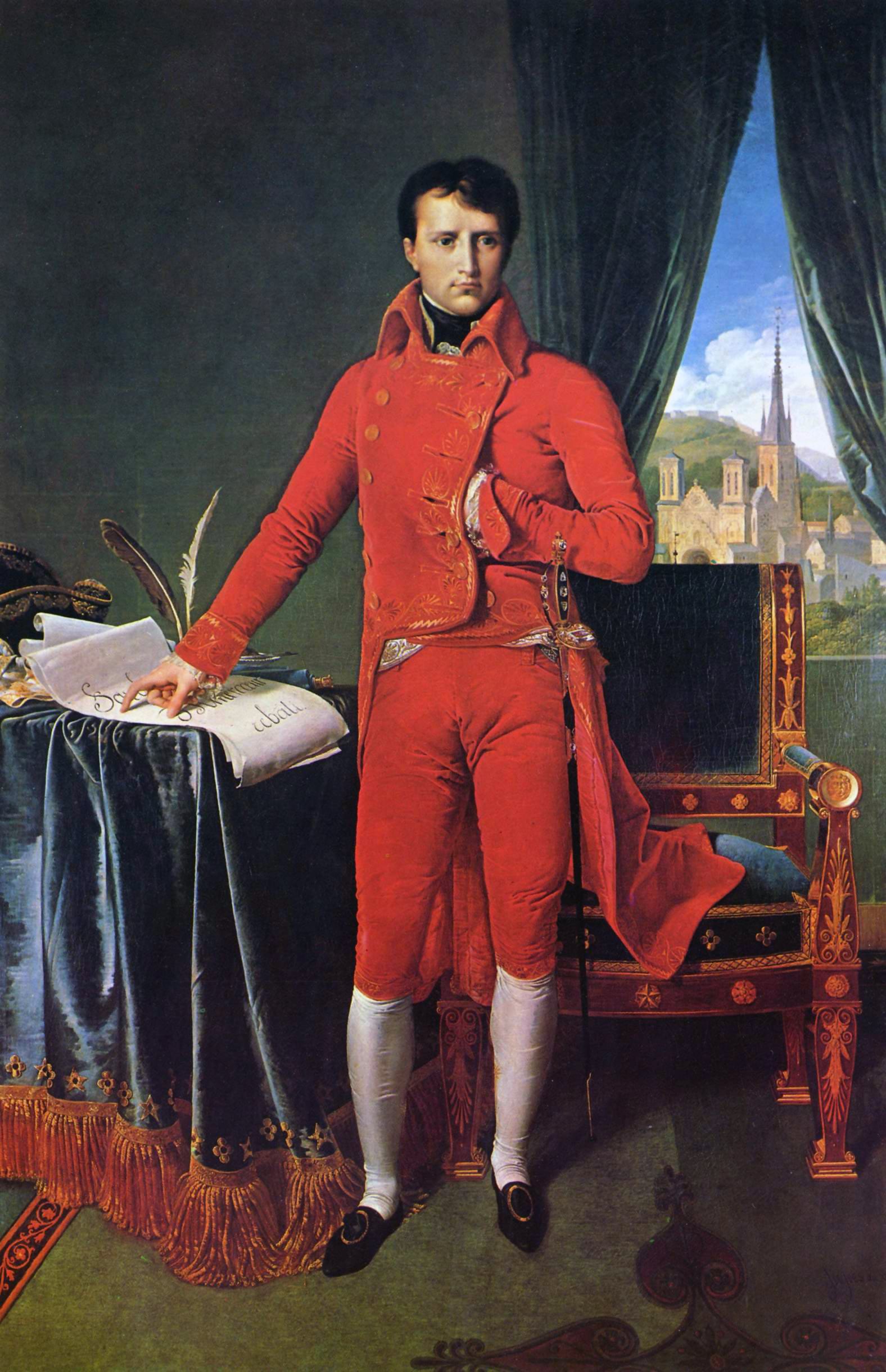
Why did Napoleon put his hand in his jacket? A stubborn legend claims that it relieved her aching stomach in this way. But if this had been the case, they were surprisingly numerous in the 18th and 19th century to suffer from stomach upset without ever questioning their diet!
Keep your eyes peeled: the 18th and 19th century portrait galleries are full of portraits of elegant, intellectuals and politicians who wore their hands in their waistcoats without notoriously suffering from the tasting of a grilled raven (a recipe that did not know the same posterity as the legend we are talking about). So it is not about Napoleon’s stomach but rather about his good education. The young Bonaparte was sent very young to the school of Brienne and without a doubt, the religious at the head of this institution recommended him, to him as to his comrades, the reading of the work of the father Saint Jean-Baptiste of the Room (1651 – 1719) The rules of decorum and Christian civility . For a century now, the book has been refining the education of young people of quality and was, in fact, a benchmark. But what about the recommendations of this author who, as we can imagine, was as civilly a Christian as he was more often religiously?
Man teaches us:
[qu’]it is quite usual to put the right arm on the chest or on the stomach, putting the hand in the opening of the jacket, at this place, and to let the left fall by bending the elbow, to facilitate the position of the jacket. hand, under the basque of the jacket.
It is not a question here of the stomach of a suffering Napoleon but rather of the good education of a man of his time.
And de la Salle concluded:
In general, you have to hold your arms in a situation that is honest and decent.
This brilliant lesson in posture from Father de La Salle thus puts an end to one of the most famous speculations around Napoleon I. A left and twisted speculation that our religious would have quickly made “civilly Christian” if he had heard of it!
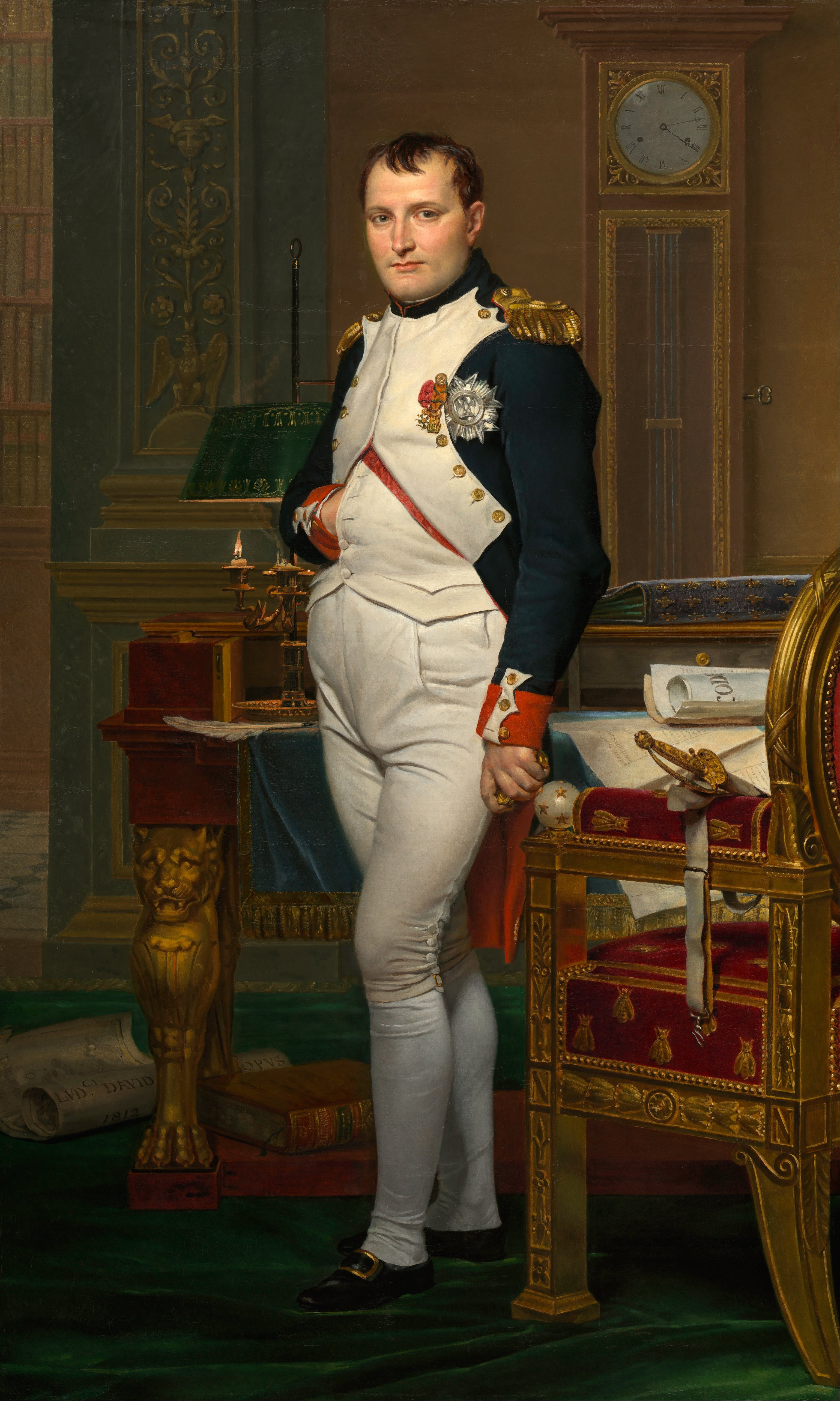
Napoleon II, nicknamed "l'Aiglon", was born in 1811 while his father was still Emperor. Historical events will upset the childhood of this long-awaited son who does not live his father for more than a year and a half in all and for all.
The Russian campaign in 1812 marked the beginning of the fall of Napoleon, who last saw his son in 1814, shortly before the French campaign. This unusual father never bowed to the conveniences of the time. Far from the restraint then recommended, he liked to carry his son on his knees, to cuddle him and to play with him. In Saint Helena, he treasured portraits of this son whom he never saw again.
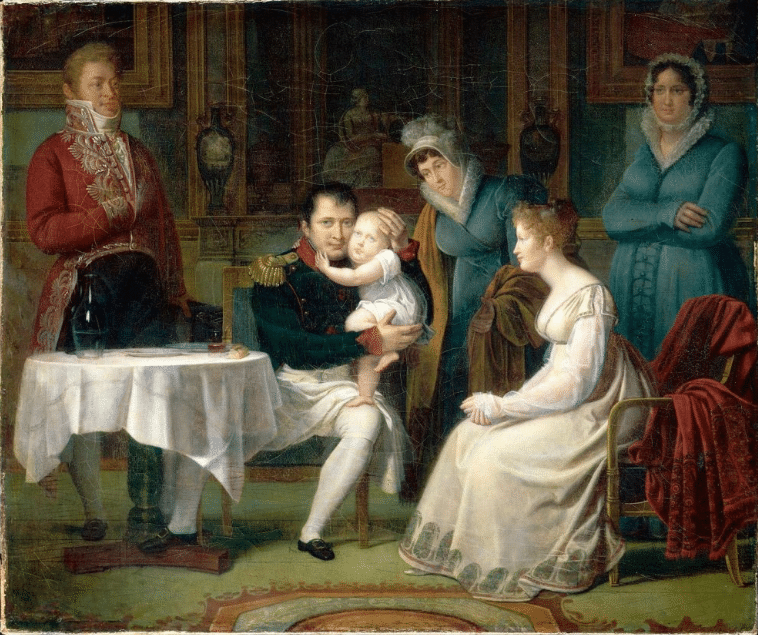
“What a result of science! What a consultation! Wash the kidneys with cologne? Well ! as for the rest, I don't want any. ” Napoleon Bonaparte at Saint Helena
On May 5, 1821 Napoleon Bonaparte passed away in his house in Longwood in Saint Helena. Alternately disciplined and then disobedient to his doctors, Napoleon did not hide his contempt for their uncertain diagnoses. He often made scathing comments about medical recommendations. Having granted Cologne the greatest virtues all his life, Napoleon finally seemed to trust only his own remedies … The last few days he refused any drink or potion, drinking only water sweetened with orange blossom, the only drink he liked. The written announcement of the death of the Emperor of France left for London on May 7 and finally reached Louis XVIII on July 5, precisely two months after Bonaparte’s death. Paris learned the news on the 6th, then it took another three weeks for it to spread throughout the country.
Read also the article The Death of Napoleon Bonaparte on Saint Helena: such a great mystery?
On October 13, 1809, Napoleon narrowly escaped the blade of student Friedrich Staps (1791? -1809; sometimes spelled Stabs) determined to kill the Emperor. Staps who had only meditated his act was intercepted by General Rapp (1771 - 1821) who kept the weapon.
After a memorable discussion between the student and Napoleon I, the latter surprised by the young man’s stubbornness, questioned him: “But, finally, if I spare you, will you be grateful?” The answer was clear: “I will kill you no less.” Staps was shot on October 17 and immediately became an iconic figure in opposition to Napoleon and the unification of Germany. Bonaparte for his part was deeply marked by this event which accentuated his vulnerability as an Emperor without an heir. As Jean Tulard deftly noted, “Staps’ dagger had failed Napoleon. He was killing Josephine ”. Note that there are three other knives called “Staps”. However, the one put on sale by the house Osenat in 2016 is the only one to present a referenced historical provenance as well as a nature conforming to the Viennese 19th century.
“Napoleon couldn't stand anything around him and neither did Chateaubriand” (Alexandre Duval-Stalla). Napoleon longed for the literary talent of the writer while Chateaubriand envied the status of politician of the Emperor.
Chateaubriand (1768 – 1848) and Bonaparte (1769 – 1821) only met once, on April 22, 1802 in the salons of the Hôtel de Brienne. Only the First Consul spoke, referring both to his expeditions to North Africa and to Christianity. The writer did not speak – which must have surprised him – and was all the more astonished that Napoleon enjoyed their interview. Did the latter prefer that the writer be silent or was he simply satisfied to have spoken to him? Chateaubriand had opportunely awaited the promulgation of the Concordat on April 8, 1802 to publish his Genius of Christianity which appeared a few days later. This praise of religion was appreciated by Bonaparte and the ambitious writer therefore devoted himself to what the revolution had not abolished: flattery. And to dedicate the second edition of his work to the First Consul, with the ambition of obtaining the French Embassy in Rome. Bonaparte ignored the courtesan bow and offered him a post of secretary of the legation to Cardinal Fresch. The writer considered himself despised, Napoleon was annoyed by this bruised pride. Each had always aspired, however, to what the other had achieved. Napoleon at Saint Helena recognized that “Chateaubriand[avait] received from nature the sacred fire: his works attest it. His style[n’était] not Racine’s,[c’était] that of the prophet. “
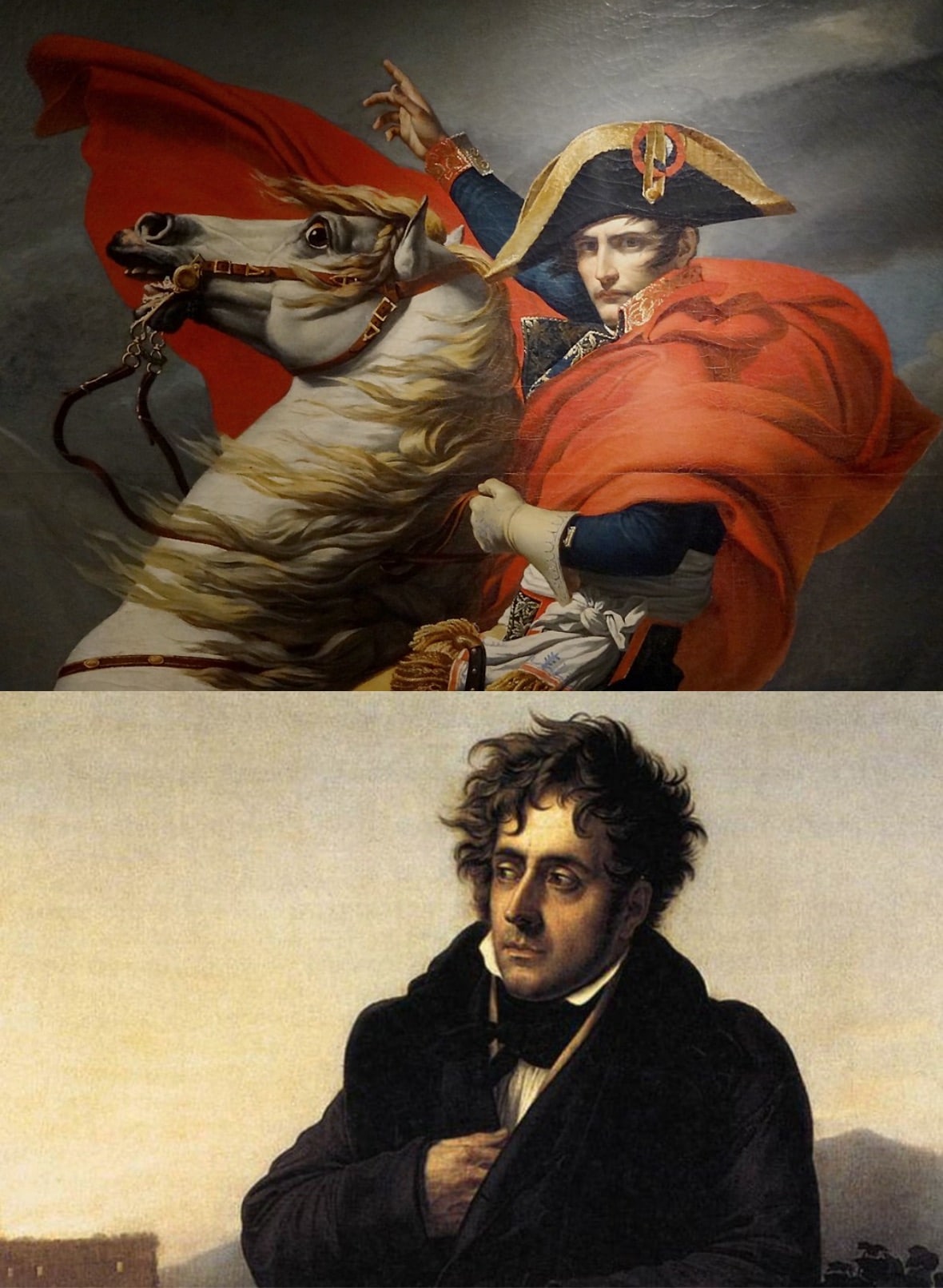
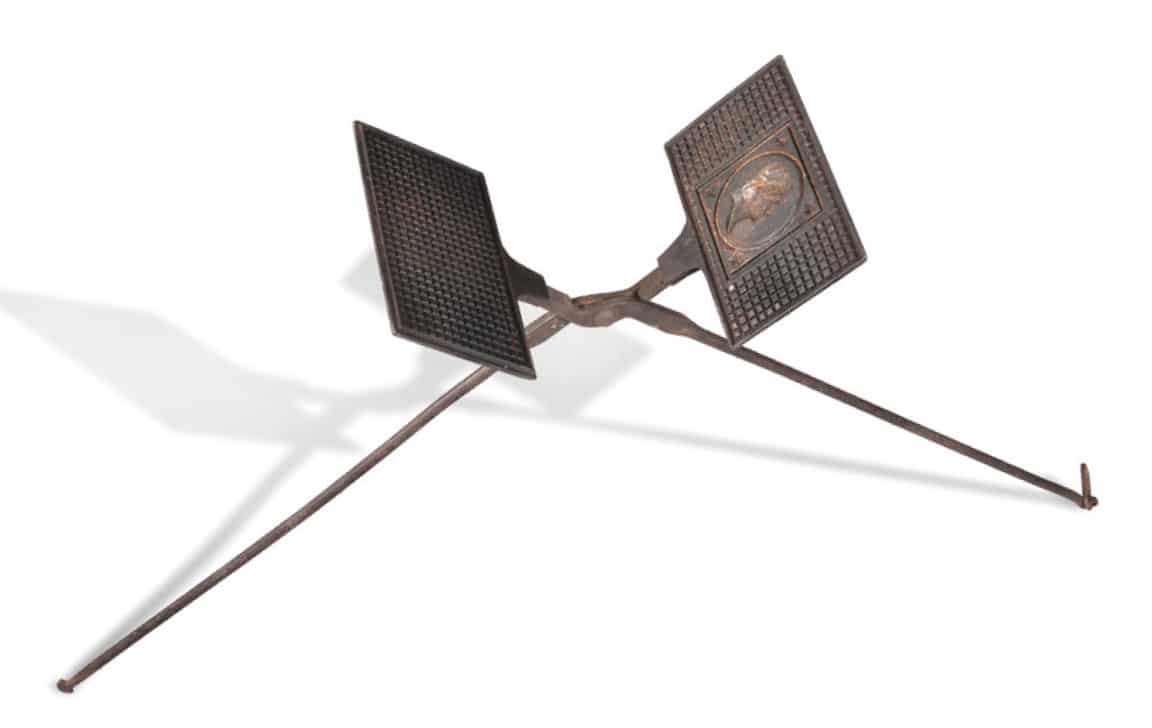
From the Restoration, partisans and former soldiers of the Empire made a specialty of the production of objects commemorating the Napoleonic memory.
From the most popular to the most luxurious, these objects loudly proclaimed political opinions that one was careful not to show outside the friendly and family circle. Among this production, waffle molds were legion. They promised the Bonapartist cook a partisan gentleness because they were adorned with the effigy of his hero. Not to mention that Napoleon never resisted rolled waffles filled with cream, a notable preference when you know his indifference to gastronomy!
“Napoleon was the first in France to be concerned about the condition of children and had a decree adopted on January 3, 1813 prohibiting the work of children under 10 years old. "
Across the Channel, the same ban had been in effect since 1801 and concerned children under 8 years old. This was a major breakthrough especially for young miners forced to work in coal mines; many of them died of this terrible labor. Unfortunately, unscrupulous bosses took advantage of the fall of the Empire two years later to send this decree into oblivion.
“Napoleon Bonaparte paid particular attention to his hygiene. "
In addition to cologne which he used expensive all his life, he paid great attention to his teeth, which they say were very beautiful and very white. His first valet de chambre Louis Constant (1778 – 1845) testifies in his Memoirs that “he used, for his teeth, boxwood toothpicks and a brush dipped in opiate”. The Emperor’s toothbrushes were created by the silversmith Martin-Guillaume Biennais (1764 – 1843). To their gold or vermeil handles was fixed a wooden tablet adorned with boar hair.
Read also the article the Athenian of Napoleon
“The first meeting between Napoleon and Joséphine took place on October 15, 1795, during a dinner given at the mansion of Paul de Barras (1755 - 1829). "
Barras, then a lover tired of Josephine de Beauharnais (1763 – 1814) who to “get rid” of her introduces him to the young Bonaparte. The officer falls madly in love with her, in Joséphine’s own words “my husband does not love me, he adores me, I think he will go mad. “
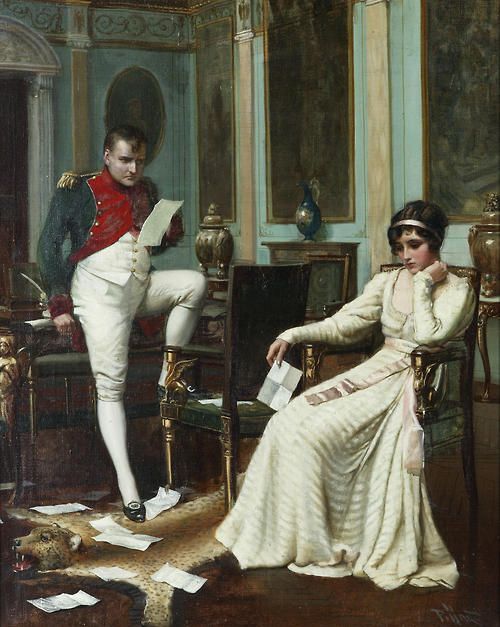
“The older ones do not escape adolescence and Napoleon was no exception. "
Officer at 16, here he takes his first steps in the good society of Valence where he reveals a brilliant ignorance of manners and appears as awkward and rough-hewn as he will prove to be a fine strategist. Fortunately, he meets the spiritual and distinguished Madame du Colombier whose main quality comes down to her daughter Charlotte known as Caroline. Napoleon, who is eight years younger than the young girl, judiciously refrained from pointing out this age difference and experienced his first romance. In Saint Helena he will remember that summer morning when “everything[leur] happiness was reduced to eating cherries together ”. During his reign and in memory of this innocent love affair, the Emperor offered Caroline this gold ring containing under glass an ivory carving depicting two figures eating cherries.
“Contrary to popular belief, Napoleon Bonaparte was not small! "
According to his doctor François Antommarchi and his exile companion Louis-Joseph Marchand, the Emperor measured nearly 1.69 meters while the average height of the French in the 19th century was 1.65 meters. He was therefore taller than average.
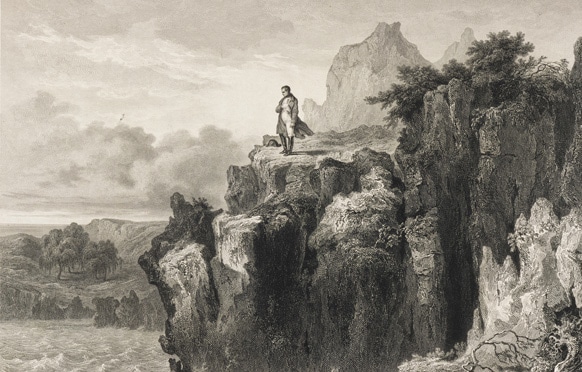
“Longwood House is from the time of Napoleon's arrival a wicked, badly built house where water infiltrates everywhere. "
Having left Plymouth in the south of England in July 1815, Napoleon arrived on October 16 of the same year in Saint Helena and finally landed on the island on the 17th. As the Longwood estate was not yet ready, he moved into the property of William Balcombe (1777 – 1829), an agent of the East India Company with whom he quickly struck up a friendship.
Read also the article on longwood house residence in Saint Helena of the Emperor Napoleon 1st.
The exile demanded by the European powers.
Napoleon embarked aboard the Northumberland on August 7, 1815 bound for Saint Helena.
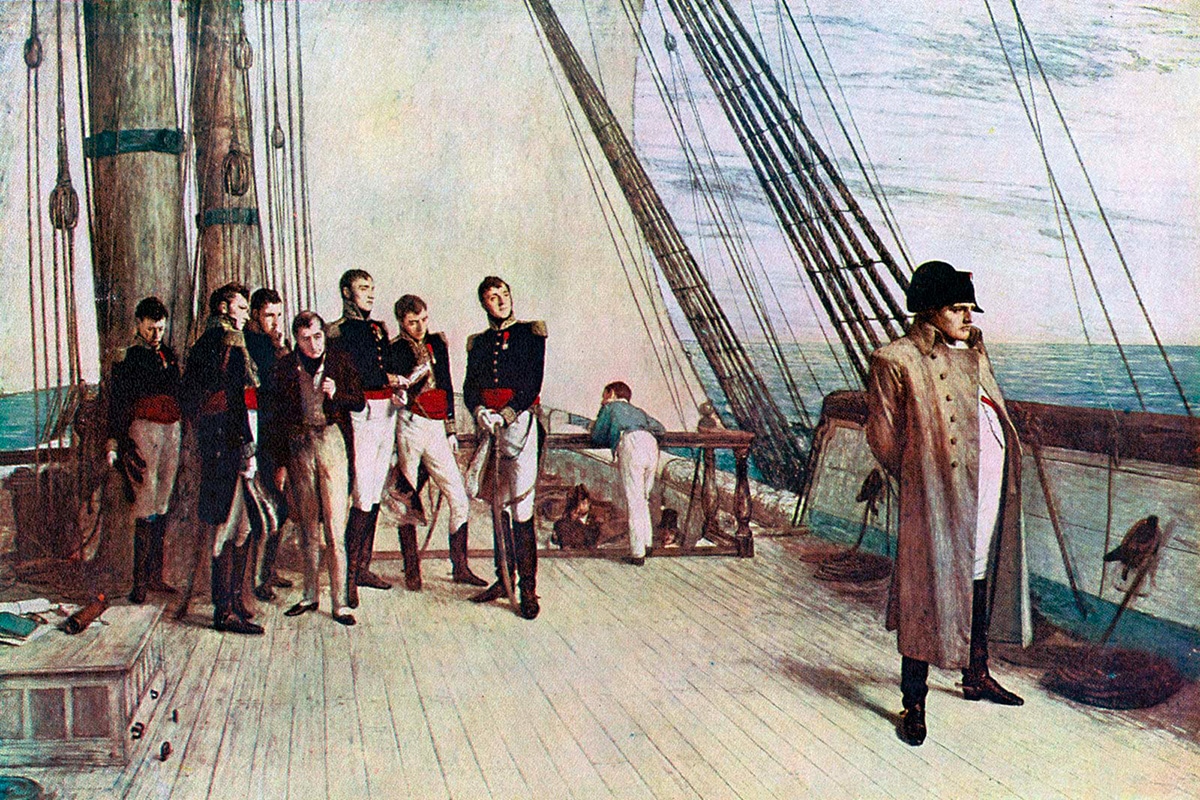
“Between November 26 and 29, 1812, the retreat of the Grande Armée faced the Bérézina river which, despite freezing temperatures, did not freeze. "
Impossible to escape the Russian army without crossing it. In a few hours, the 400 pontonniers of General d’Elbé built two bridges and in order to allow thousands of soldiers to pass, a diversionary battle was waged against the Russians by Marshals Oudinot and Ney. On the morning of the 29th, Napoleon ordered the burning of the bridges to protect the retreat. Despite this French success, the Grande Armée is in critical condition, only a few thousand soldiers can still fight. At the end of 2017, a team of archaeologists dived on these historic places and the Bérézina delivered many memories: fragments of uniforms, belts, bayonets, swords and other objects that belonged to the exhausted latecomers who tried to cross the icy waters by their own means.
“Joachim Murat (1767 - 1815), best known for his act of treason, was nonetheless a faithful of the Emperor for a long time. "
Let us recognize that Bonaparte was never tender with Murat who began as an aide-de-camp and whose bravery enabled him to climb the military ranks. Napoleon reluctantly accepted that his sister Caroline should marry this “vain cock” of Joachim who thus became King of Naples. Nevertheless, the Emperor did not cease rebuffing him while the now king and marshal took all the trouble to please him. These icy relations gradually blunted Murat’s attachment to Napoleon; he ended up signing on January 11, 1814 a treaty with Austria separating Naples from the Empire.
In the first frost, the Emperor would put on his famous gray frock coat.
He never shies away from it. This hood in Louviers cloth was lined to the waist. The fronts and sleeves closed with wooden buttons covered with silk. Bonaparte was particularly fond of this garment which he wore without any rank when he was with his soldiers, thus claiming his primary military status. This frock coat kept at Army museum in Paris probably accompanied the Emperor to Waterloo and followed him to Saint Helena . It was repeatedly mended by the will of a thrifty and nostalgic Napoleon.
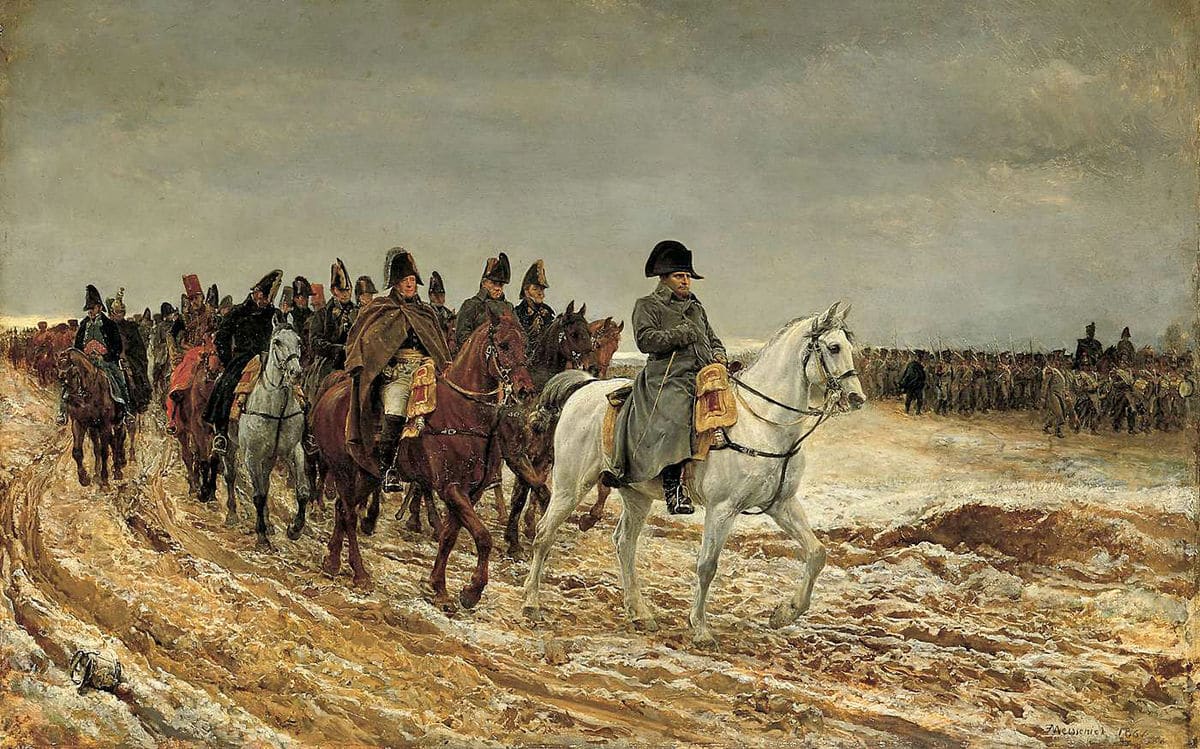
“From November 15 to 17, 1796, the young 27-year-old Napoleon Bonaparte led the famous battle of Arcole, about twenty kilometers from Verona in Italy. "
The maneuver aims to prevent the reunion of the Austrian troops of General Alvinzi (1735 – 1810) and those of Lieutenant Davidovich. Posterity retains the famous painting by Gros (1771 – 1835) of a fiery general leading his soldiers to storm this narrow bridge straddling the Alpone. However, General Pierre Augereau (1757 – 1816) advanced before Bonaparte on the bridge but had to turn back under enemy fire. Twice Napoleon tried to pass, bordering on death but saved by Muiron his aide-de-camp who sacrificed himself to protect him. Our hero even fell into the water! The French troops crossed the bridge only after a skilful diversion of the drums on the rear of the Austrians. The latter sagaciously deducing that the sound of the drums augurs nothing less than French reinforcements on the verge of taking them in pincers, are destabilized. Masséna then took the opportunity to lead the assault and seized the bridge.
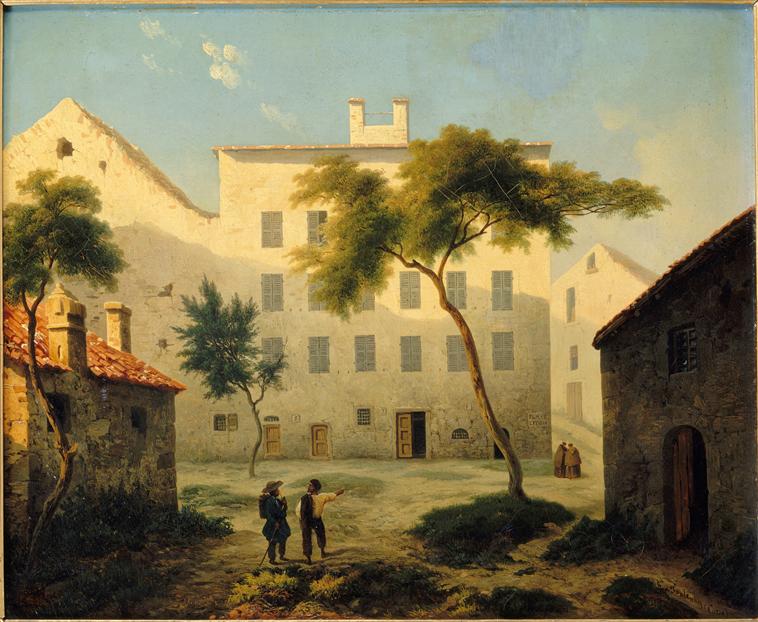
Far from his native island, Napoleon affirmed that "with the scent of his maquis, from afar, his eyes closed[il] will recognize Corsica ”
His brother Joseph Bonaparte also testifies to this “country embalmed by the exhalations of myrtles and orange trees”. Did Napoleon’s immoderate taste for eau de Cologne come from the nostalgic feeling attached to Corsica? In the Emperor’s Cologne bottles , the soil of the maquis heated by the sun is replaced by alcohol which warms and deploys the notes of essential oils evoking heather, thyme and immortelle, the citrus notes of citron, bergamot and orange tree . Since Napoleon had to move away from Corsica then he strategically brought Corsica to him, from France to Saint Helena, via Russia.

The Revolution having the cutlass ballast "sliced" in all kinds of areas and, by principle of equality, brought down all the decorations distributed under the Ancien Régime.
Based on the history of the republics, Napoleon Bonaparte restored these distinctions which were no longer reserved only for officers, but for all citizens who had rendered “eminent services” to the Nation. In May 1802 the Legion of Honor (gold and silver) then on January 30, 1805, a decree instituted the “great decoration”, the highest distinction of the Legion of Honor. First named “grand cordon” then “grand eagle”, these decorations became “great cross”, which they still are today. Rare witnesses of the first ceremony of handing over these “great eagles” on February 10, 1805, these two decorations were awarded to Marshal Lannes (1769-1809) known as “the French Ajax” and to Jean-Etienne-Marie Portalis (1746- 1807), one of the fathers of the Civil Code.
Coup d'Etat of 18 Brumaire
More than 200 years ago, on 18 Brumaire 1799 (9 November), Bonaparte seized power, putting an end to the French Revolution and the Directory. Napoleon then becomes 1st Consul in a France which does not seem hostile to this new strong man.
Do you notice the different faces of Napoleon in his portraits?
From the Italian campaign, the Emperor surrounded himself with painters who sensed that his portrait would ensure its popularity thanks to the means of reproduction of the time. Not posing, the artists had to quickly grasp his image and respect the idealization desired by the propaganda. The glorified features translate heroic feelings in Jacques-Louis DAVID (1748 – 1825) and Antoine-Jean GROS (1771 – 1835) while Jean-Auguste-Dominique INGRES (1780 – 1867) makes him a deified figure like a Roman emperor or a Christ figure. But none of the portraits show the same face! It is undoubtedly the one painted by Napoleon’s oldest companion, General Bacler d’Albe (1761 – 1824), which is the most similar. Because no doubt the two young generals know each other perfectly.
Read also the article The faces of Napoleon Bonaparte



